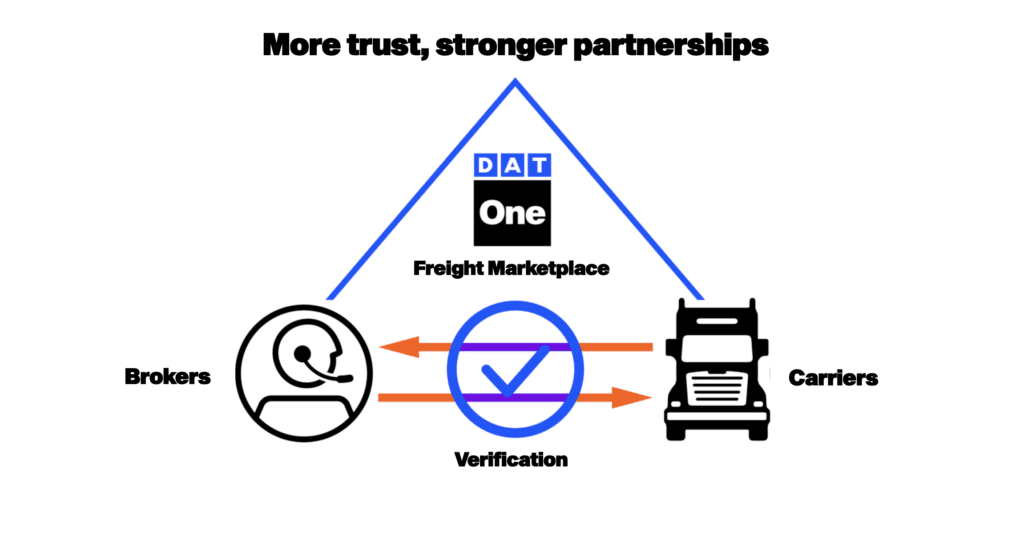Brokers and 3PLs are increasingly reliant on transportation management systems (TMS) for…well, everything. A good TMS is an efficient business toolkit that manages operations as well as accounting and payroll, so carrier qualification can be coordinated with carrier settlement, sales records are matched to receivables, and cost controls are aligned with quality assurance in all aspects of customer service.
The TMS is like the central nervous system of your company, controlling and monitoring all aspects of the business. Like a body without a brain, operating outside the TMS environment can lead to lapses in control. At best, there will be inefficiencies and duplication of effort. Worse, leaving the TMS environment can lead to costly errors and service failures that disrupt the relationship with the customer.
Even the best TMS can’t do everything by itself, however. Most transportation and logistics companies continue to use other software products, including load boards, carrier qualification solutions and rating tools, to manage capacity and meet other key business needs. That’s why TMS integration is gaining popularity, especially among freight brokers and 3PLs. Integrating other software programs and services into the TMS workflow is a way to streamline business processes and eliminate the distractions of managing multiple programs on the desktop. Ultimately, TMS integration creates efficiencies, so transportation and logistics companies can move more loads without increasing staff.
How does it work? TMS integration pulls data into the TMS from other programs. For example, the data and functionality of a commercial load board such as DAT 3sixty Power can be made available within the TMS environment, alongside a homegrown load board and individual employees’ carrier contact lists. Brokers, agents and carrier relations staff can post loads and search for trucks without leaving the TMS, its corporate framework and rules.
Other programs can interact with the TMS so that company data, such as payment history or pricing guidelines, can be integrated with managerial and operational tools. With TMS integration, all analyses and decisions are interrelated, and different data streams can be merged and considered together. For example, the TMS might prevent a truck finder or independent agent from loading a carrier whose safety record or insurance coverage does not meet the criteria for a specific customer or load. The rules are based on management decisions and are recorded in the TMS, but the safety and insurance information come from DAT CarrierWatch or another carrier monitoring service
Employees and agents become more efficient and productive when they remain in the TMS, working cooperatively and transparently, and following the company guidelines that are imposed through the system. DAT Direct offers DAT integration with most commercial TMS companies as well as homegrown TMS solutions. Through DAT Direct, DAT Load Boards, DAT Truckload Rate Index, DAT CarrierWatch and DAT Onboarding are all capable of being integrated.
To learn more about integrating DAT tools into your TMS, contact your TMS provider or call your DAT account manager at 1-800-547-5417.


